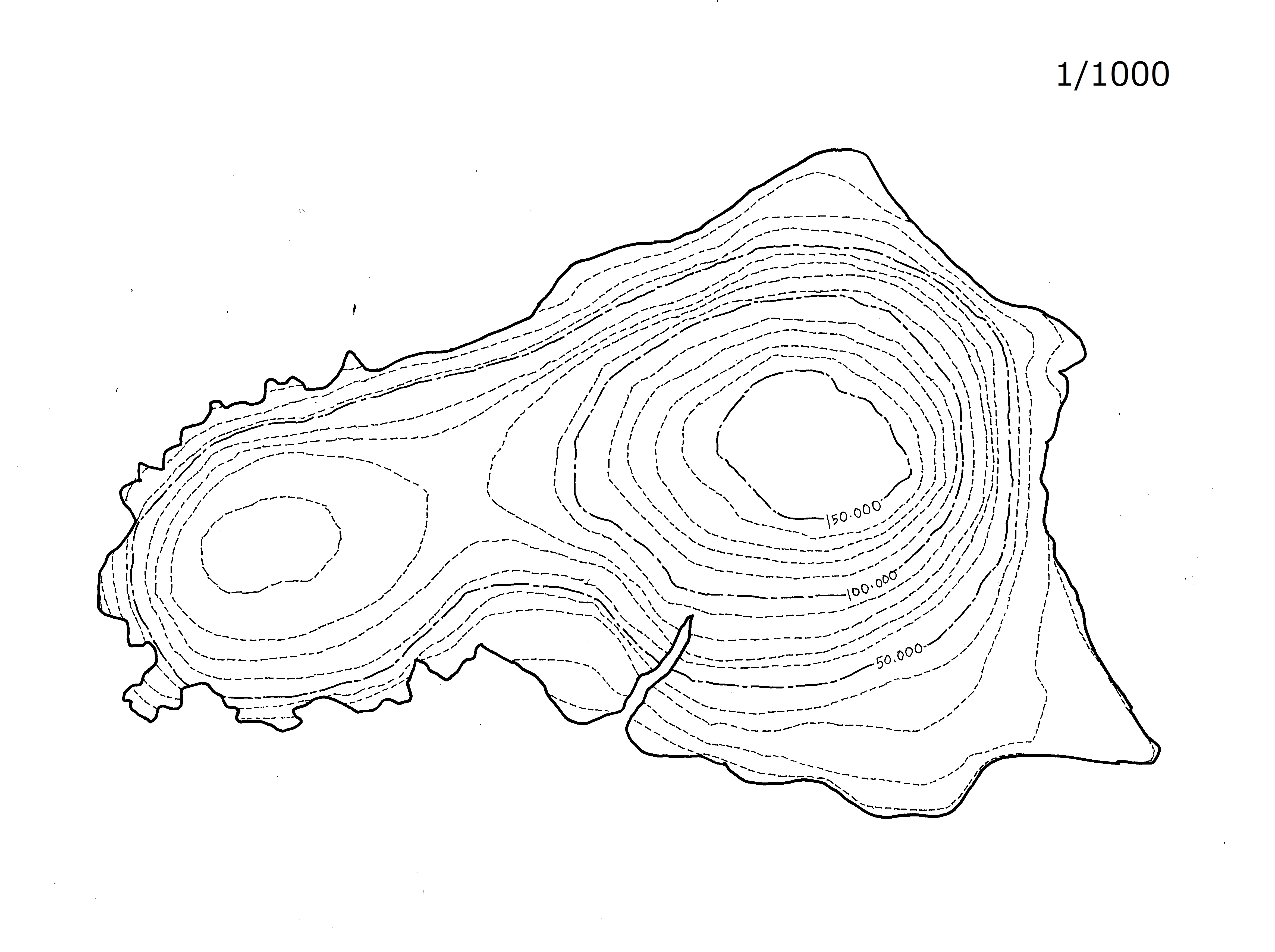


Note that three tick marks are placed where contours representing elevations 2500, 2600, and 2700 intersect. Now find the two spot elevations, 24, in the same lower left corner. For instance, see the triangle side that connects the spot elevations 23 in the lower left corner of the illustration above? One tick mark is drawn on the triangle where a contour representing elevation 2400 intersects. Now draw ticks to mark the points at which elevation contours intersect each triangle side. Tick marks drawn where elevation contours cross the edges of each TIN facet. The distinguishing geometric characteristic of a Delaunay triangulation is that a circle surrounding each triangle side does not contain any other vertex.) One approach is called Delaunay Triangulation which, in one of its constrained forms, is useful for representing terrain surfaces. (There are algorithms for triangulating irregular arrays that produce unique solutions. Similarly, the smaller the contour interval you intend to use, the more spot elevations you need. In general, the density of spot elevations should be greater where terrain elevations vary greatly, and sparser where the terrain varies subtly. Related to this element of subjectivity is the fact that the fidelity of a contour map depends in large part on the distribution of spot elevations on which it is based. As you will see, deciding which spot elevations are "near neighbors" and which are not is subjective in some cases.

You may notice that there is more than one correct way to draw the TIN. I omitted breaklines from this example just to make a point. Photogrammetrists refer to spot elevations collected along linear features as breaklines (Maune, 2007). In practice, spot elevations would always be measured at several points along the stream, and along ridges as well.

Wonder why I suggest that you not let triangle sides that make up the TIN cross the stream? Well, if you did, the stream would appear to run along the side of a hill, instead of down a valley as it should. With a little imagination and practice, you can visualize the underlying surface from the TIN even without drawing contours. (Spot elevations produced photogrammetrically are called mass points.) A useful characteristic of TINs is that each triangular facet has a single slope degree and direction. The vertices of the triangles are spot elevations that may have been measured in the field by leveling, or in a photogrammetrist's workshop with a stereoplotter, or by other means. A TIN is a vector representation of a continuous surface that consists entirely of triangular facets. The result is a triangulated irregular network (TIN). Note that the triangle sides must not cross hydrologic features (i.e., the stream) on a terrain surface. (You will have to make some subjective decisions as to which points are "neighbors" and which are not.) Taking care not to draw triangles across the stream, continue until the surface is completely triangulated.Ĭomplete TIN. Once you have connected to all of the points that neighbor the highest point, begin again at the second highest elevation. Starting at the highest elevation, draw straight lines to the nearest neighboring spot elevations. A "Try This!" activity will follow this step-by-step introduction, providing you a chance to go solo.īeginning a triangulated irregular network. Find a pencil (preferably one with an eraser!) and straightedge, and duplicate the steps illustrated below. To get the most from this demonstration, I suggest that you print the illustration in the attached image file. This page will walk you through a methodical approach to rendering contour lines from an array of spot elevations ( Rabenhorst and McDermott, 1989).


 0 kommentar(er)
0 kommentar(er)
